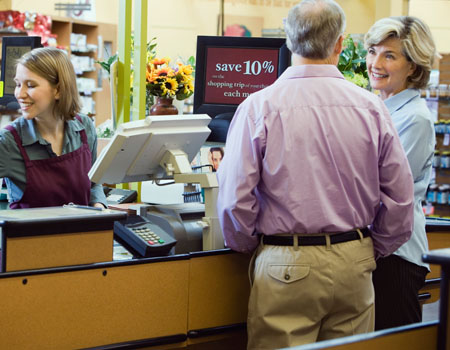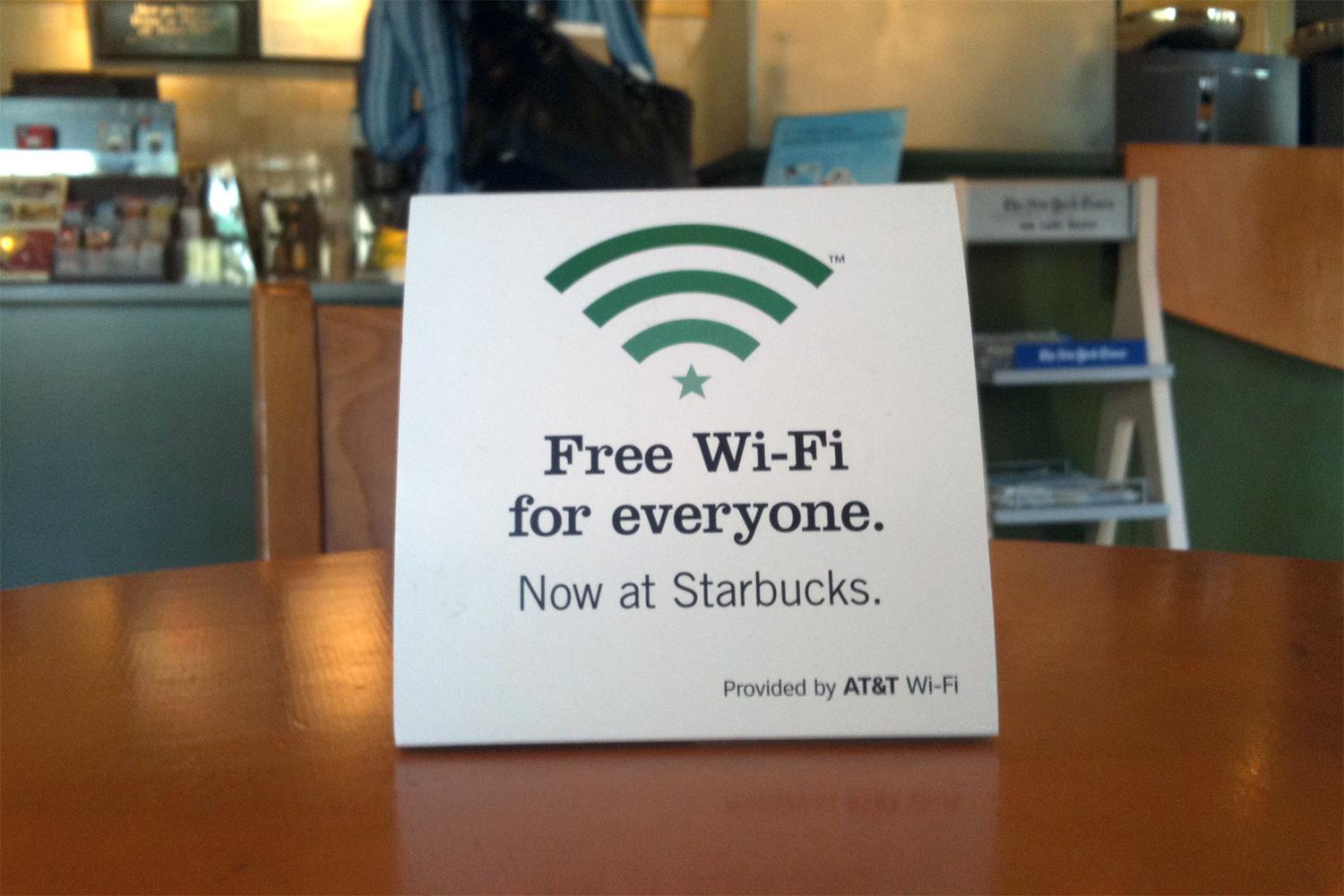A Primer on Offline Customer Identification Tools
As retailers are struggling to find ways to implement technology that moves the needle on identifying customers in the store, there are many different opportunities for retailers to choose. While each tool will vary in value by retailer, we put together a comprehensive list of customer identification tools for omnichannel retailers to consider.
Post-Purchase
Identifying the customers who have already purchased from you is extremely important. On average, a first time customer has a 27% chance of returning to make a second purchase. After each subsequent purchase, they are more and more likely to return again so that have three visits, there is a 54% chance of the customer buying something. The potential lifetime value of these customers and the effectiveness of reminder marketing campaigns validates the focus on getting to know these shoppers.
Email Collection
The easiest time to identify customers while they are in a store is during the transaction. The customer is already locked in, hopefully happy and must stand face-to-face with an associate. This explains why it has become so common for a shopper to be asked their email address, phone number, and/or zip code while they are standing at the register. Several retailers don’t even make giving the information seem like an option by phrasing the question as “What is your email address?” instead of “May I have your email address?” While this isn’t ideal from the point of view of the customer, it certainly is effective for receiving a substantial number of emails. However, more than 10% of emails collected in this form are invalid due to typing errors or the customer giving false information. Therefore, it is recommended that the sales associate reads back the email given, asks them to confirm this on a keypad, or sends a ‘Welcome’ email asking the customer to verify their account. These efforts, especially the last one, also make it clearer that this truly is opt-in which is key for customer trust and perception.
Receipts and Surveys
An extension of this tactic to receive an email address is to give the customer the option to have an electronic receipt. This gives the appearance that the retailer is putting in effort to save paper and space in someone’s pocket. From a marketing standpoint, this provides possibly the first interaction with a customer which can lead to re-engagement and future purchases. However, it is important to not seem like one is “fooling” their customers by saying their email will be used for one thing (i.e. an electronic receipt) and then be used again for other efforts (i.e. email marketing). It is suggested that the email with the receipt could prompt a response if they want to be subscribed to further emails.
On the other end of the spectrum, paper receipts can offer the ability for a customer to go online to fill out a survey. Typically they are incentivized for a chance to win a prize or even a small gift card. The problems with this method is the same that occur when a similar interaction takes place online but with even less participation as less than 1% of customers complete the survey. The data that is provided from the survey can be thorough and exactly what the retailer is looking for, but it would only represent a small population and possibly only a certain demographic.
Pre-Purchase
Everyday, people walk into and out of a store unidentified. They may or may not have been in before, and they may or may not have ever been to the website. A customer could consider a product for an hour in the store, and if they did not buy it immediately, there would be no way to re-engage. If this happened online, re-engagement would be simple and could help the customer to convert. This is why in-store customer data is the most coveted not only for re-engagement, but for a number of behavior and identification information.
In-Store WiFi and MAC Addresses
MAC address tracking helps retailers find in-store customers with smartphones whose phones are searching for WiFi signal. A MAC address is “a unique identifier assigned to network interfaces for communications on the physical network segment.” This means that in-store movements can be tracked and the addition of cameras can match a demographic profile to the data. However, true identification remains very low. In 2014, Apple announced that MAC addresses for their iPhones would be random and scrambled. Retailers now have trouble identifying the 25% of phone users and cannot match an iPhone user to any data collected when they previously visited a store. What is lost is seeing specific patterns of repeat customers.
What is missing in MAC address tracking is context and an identity. One solution is for customers who actually end up connecting to the WiFi can do so by providing some information like an email address to “login”. Then, all known offline and online data can be pulled together to create an accurate and well-rounded picture of this specific shopper. Logging into the WiFi is generally considered opting-in, but customers may be weary of providing a lot of information for a quick store visit.
Facial Recognition
Facial recognition is up-and-coming and has customers skeptical. Facebook has been using these tools for a while to identify people to tag in photos. They released statistics saying that 97.25% of the time their algorithm can determine if two pictures have the same person in them. There are different levels of facial recognition for different uses. There are ways to simply detect that there is a face present, and there is software to profile gender, ethnicity, and approximate age of the face. This is useful for a retailer to identify who is looking at what products and some gender and age-based consumer behaviors. However, basic observations from store associates can provide most of this data without having to spend a lot of money on cameras and software. But, to take this to the next level, retailers can use the same software that identifies shoplifters to notify staff when a valued customer comes in. In order to make this opt-in, customers could create profiles online or possible use a social media profile picture to be associated with their account.
In-store Experiences
Some retailers are trying to blend offline and online experiences in the spirit of omnichannel. Companies are using their creative sides to make customers feel more engaged while they are shopping in the store and in turn will want to continue the experience online or in the store again. These ideas range from interactive dressing room mirrors to mobile apps that can guide a customer to find the the items they are looking for to beacons providing coupons as the customer walks around. These are excellent, effective, and show initiative in the importance of the in-store retail experience. The novelty of the unique experience limits any creepy factor since hopefully the customer is just having fun. A combination of a few technologies can help to achieve these experiences. Companies can provide a mobile application that provides functionality in the store. A BLE (Bluetooth Low Energy) beacon can be placed throughout a store which can send information to the apps once they enter the store, move to a certain location, or stay in a location for a period of time. The solution that CloudTags provides is to provide customers with tablets to bring online information into the store. Customers view the technology as meaningful which gives more incentive for them to opt-in with their email at the end of the experience.
Summary
As of right now, email marketing ROI remains the strongest, so email acquisition should be a top priority. However, to keep a quality list, customers need to know why they are giving their information. If they see value, then they will be more responsive. It is because of this that a unique in-store experience where a customer could continue later or unlock more with their information would be highly effective. This gives customers something to look forward to from a retailers and can surprise and delight.


